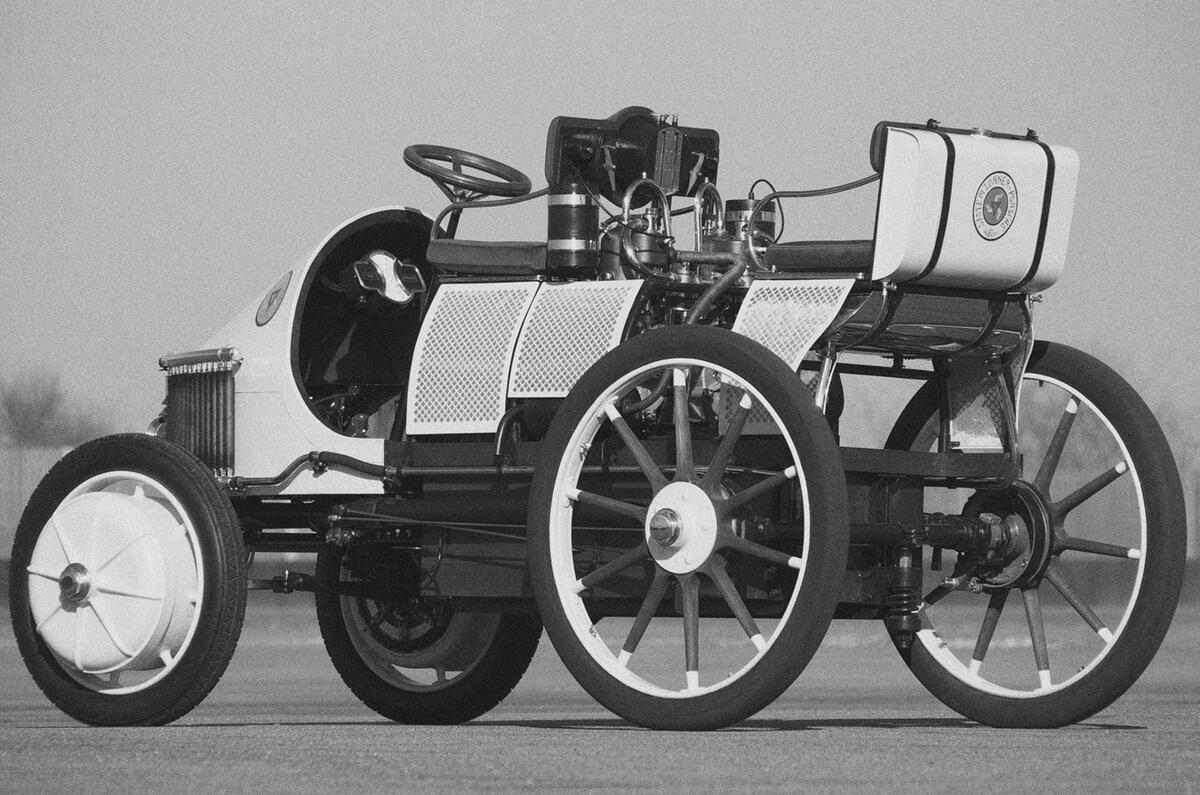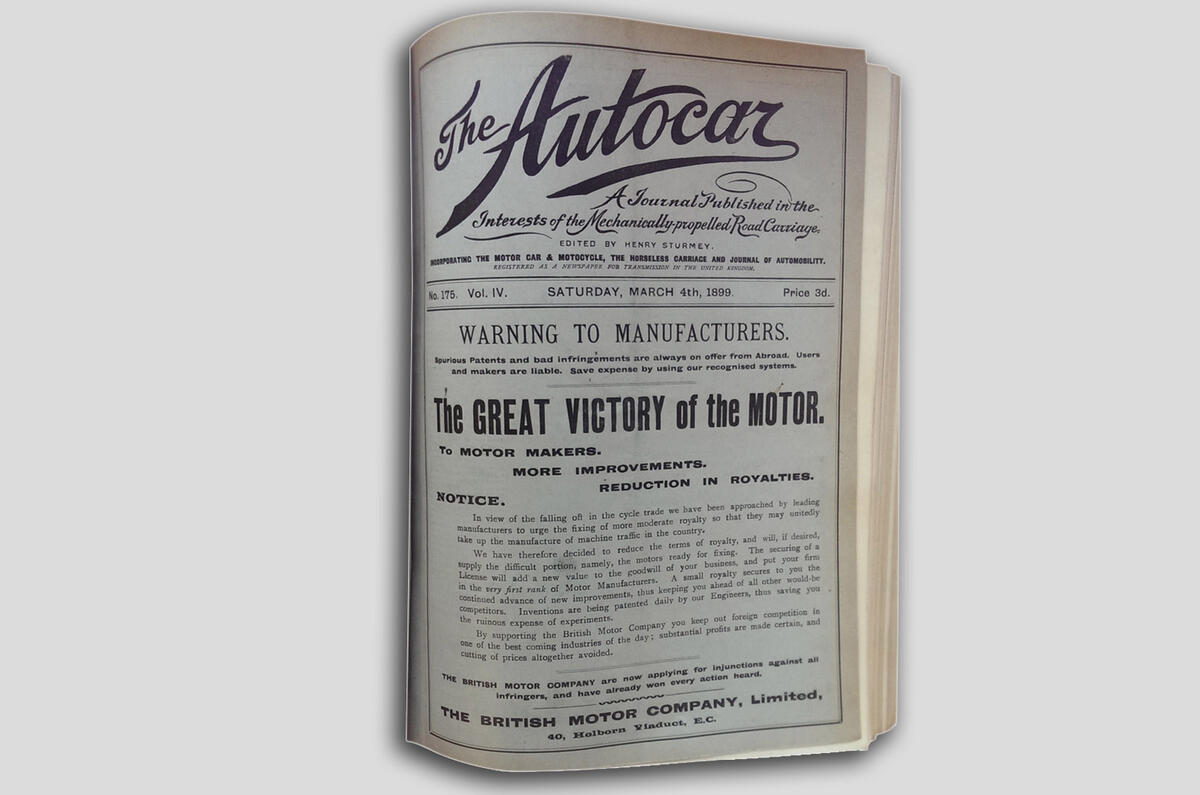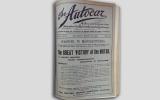During the pioneering days of the motor car, it wasn’t altogether clear which method of propulsion would best be suited to personal transport.
The topic was discussed in most issues of Autocar, and the 4 March 1899 issue reported on “an interesting and practical lecture on motor cars” given by Mr JS Critchley, manager of the Daimler Motor Company’s works at Coventry, to the members of the Coventry Engineering Society.
Critchley was quoted as saying: “At the present time, there are three sources of power for motor car work: steam, electricity and mineral oil.” He went on to assess the merits and drawbacks of each method of power.
“Steam vehicles have the natural advantage of not requiring a variable gear,” he said. “The engine itself is self-starting, reversible, simple and well suited for the work. The boiler and its accessories are, however, the great drawbacks, both from the points of view of time taken in varying its generation of steam, without increasing risks of clogging, and of dirt and smell.”
Although “the electric motor itself is as well suited for vehicle propulsion work as could be wished”, the battery-powered vehicles also prompted logistical issues, said Critchley. “Since at the present time it is impossible to convey externally generated electric current to the carriage while travelling, some kind of accumulator is necessary,” he went on. “The only ones now known are expensive, troublesome, heavy and generally unsatisfactory.
“For a vehicle to carry four persons with a total weight of one ton, about half this weight was now necessary for the storage battery alone, and its capacity was only about three hours without recharging. An enormous amount of improvement is necessary before they can become really successful except for use over small areas.”
Coming to the mineral oil vehicle, Critchley said experience had proved this to be by far the most convenient and suitable for self-propelled vehicles. “The results that have been obtained with engines of this type are truly astounding,” he said. “Cars are being built that can maintain an average speed of 30mph on ordinary highways. A 10-gallon tank is easily fitted to a car, and thus a run of 200 miles can be effected without fresh supplies of fuel.”
There were still drawbacks, though. “The engine must run at a very high speed in order that its size and weight may be reduced,” said Critchley. “It is not, therefore, an easy matter to construct an engine for the purpose. The difficulties compared with a steam engine are that the motor must obtain, prepare, ignite and absorb the energy from, give out the power from and get rid of the useless products of the fuel.”
Hindsight shows that the combustion engine won the day, although electrification is making a significant resurgence. Steam, however, remains dormant as a power source for cars.
Previous Throwback Thursdays:
14 February 1913 - 100 miles in one hour
13 February 1982 - 4x4s tested on the farm
2 February 1934 - The ethics of skidding
21 January 1949 - Tidier tails
27 January 1961 - Ford Thunderbird road test
19 January 1980 - Talbot Horizon road test
Get the latest car news, reviews and galleries from Autocar direct to your inbox every week. Enter your email address below:







Join the debate
Add your comment
Outstanding!
The only ones now known are expensive, troublesome, heavy ...
Brilliant
The more things change, the more they stay the same.
Question: why can't we find a link to Throwback Thursday columns? Would be nice to read the ones we've missed.
Hi evanstim,
Hi evanstim,
A great idea, so we've just added links to the previous Throwback Thursdays into the article. We'll try to find a neater way to present them if we can.
Cheers,
Matt B